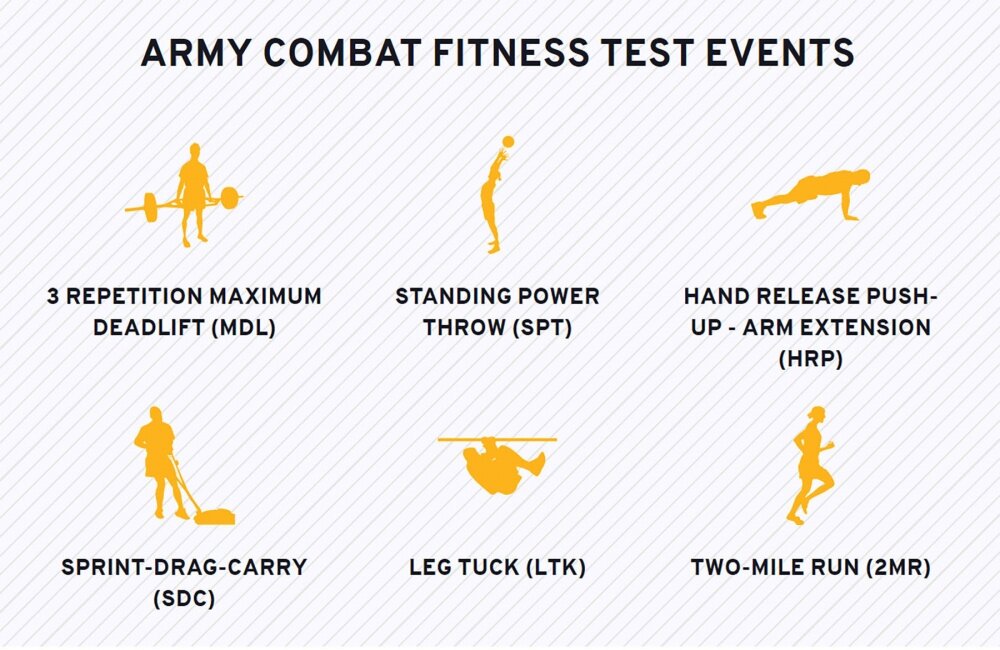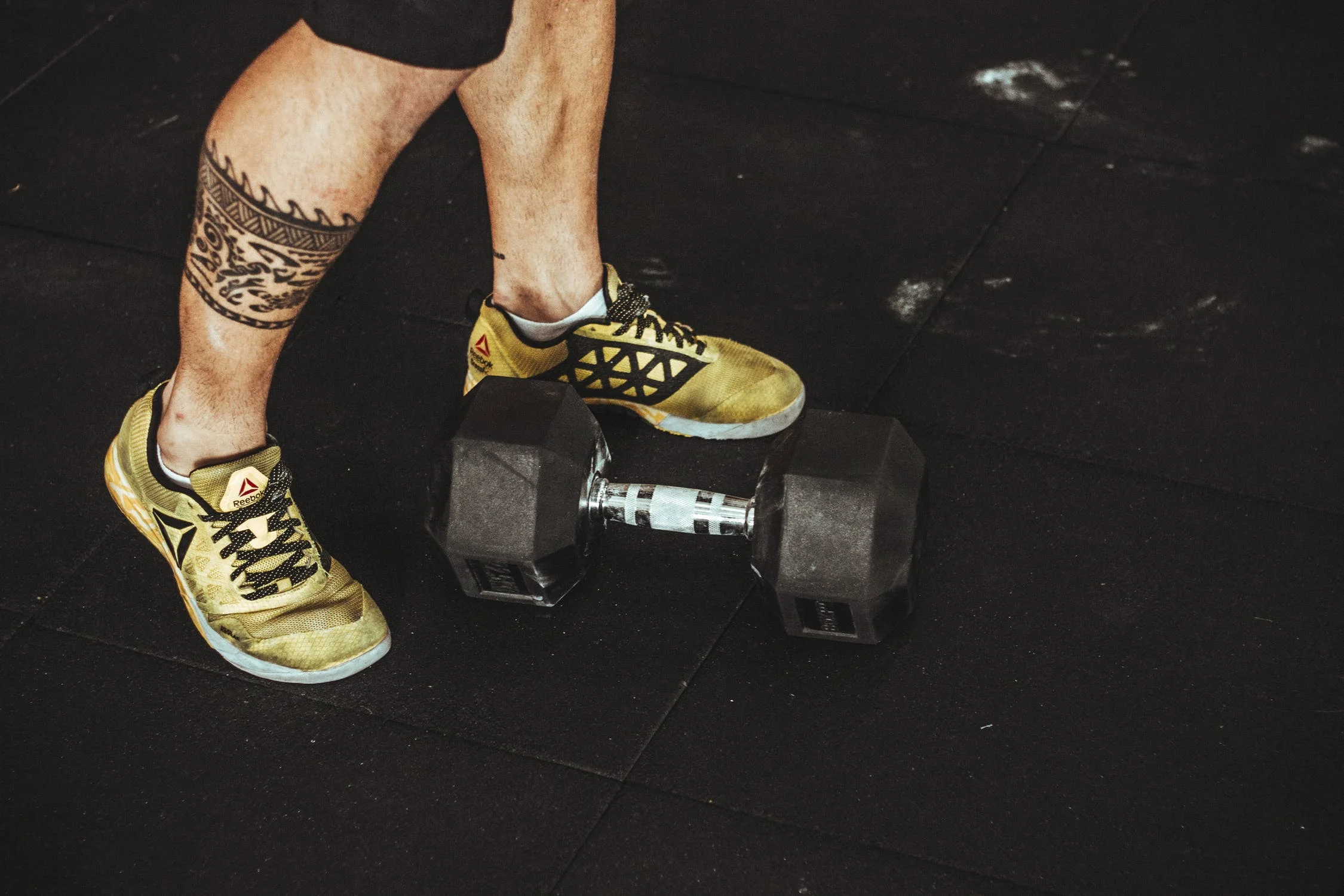How Fit You Need to be to Join the Army
You better have your physical fitness squared away before joining today’s army.
When I joined the U.S. Army in 2007, my fitness level was below average.
My first attempt at the Army Physical Fitness Test, obstacle course, bayonet course, and ruck marching was embarrassing.
But my mindset was right. I wanted to be a soldier more than anything and I was able to improve through the time I spent in basic training. I graduated from Cavalry Scout One Station Unit Training (OSUT) four months later, twenty pounds lighter and in better shape than I had ever been before.
Today’s army is not the same one you see Vietnam or World War II movies. Enlisting in the army now means joining the ranks of an all-volunteer force, full of competition from your peers for promotion and schools.
To have a successful military career, whether that’s one enlistment contract or a full twenty years, you have to put in effort in the things that matter: marksmanship, education, training, and physical fitness.
Coming into the army already in solid shape will be a big help in starting your career off on the right track.
Basic Training
Before you ship to basic training, you’ll meet with a recruiter. In addition to a ton of paperwork, your recruiter will assess your fitness level, height and weight. If any of these are lacking, you might not be getting in.
But meeting the standard shouldn’t be enough for anyone. Being a soldier means holding yourself to a higher standard and that includes your fitness.
To succeed in basic training, you need to prepare yourself with strength training and conditioning.
Photo from Task & Purpose.
It’s no secret that push-ups are a big part of basic training, so that’s a good place to start. Get good at calisthenics - push-ups, pull-ups, sit-ups, squats, and burpees are a great baseline.
Running is a huge part of the army’s physical fitness training program, and that doesn’t end in basic. Run sprints, intervals, and one or two mile endurance-focused runs.
Then there’s ruck marching. This one is probably new for most recruits entering the army but the reality is that no matter your occupational specialty, you will be required to carry a rucksack on your back for up to 12 miles of walking at a quick pace.
Get good at rucking by loading a backpack, or a rucksack if you have one, up to 35 pounds and gradually increasing your distance and pace.
GORUCK is a great resource for equipment and training programs to improve your ruck marching.
Army Combat Fitness Test
The army is currently undergoing a transformation of its physical fitness test.
The old Army Physical Fitness Test, consisting of two minutes of maximum push-ups, two minutes of maximum sit-ups, and a timed two-mile run is being replaced in 2020 by a new test.
The new Army Combat Fitness Test is a tougher and more accurate assessment of a soldier’s ability to handle the physical demands of combat.
3 Repetition Maximum Deadlift - The soldier is required to deadlift the maximum weight three times using a 60-pound hex bar and plates.
Standing Power Throw - Use a quick explosive movement to throw a 10-pound medicine ball backward and overhead for distance.
Hand Release Push-Up - Arm Extension - Complete as many hand release push-ups with an arm extension at the bottom as possible in two minutes.
Sprint-Drag-Carry - Conduct 5 x 50 meter shuttle runs for time - sprint, drag a sled with plates, lateral shuffle, carry ammo cans/kettlebells and sprint back.
Leg Tuck - Complete as many leg tucks while hanging from a pull-up bar as possible while maintaining a relative vertical posture and moving the hips and knees up and down without excessive swinging.
Two-Mile Run - Run two miles for time on a measured, generally flat outdoor course.
A score of "70" is the minimum for soldiers in "heavy" physically demanding units or jobs; a score of "65" is for soldiers in "significant" physically demanding units or jobs; and a score of "60" is for soldiers in "moderate" physically demanding units or jobs.
A score of 60 is the minimum overall standard for passing the ACFT.
If you’re getting ready to join the army, the new ACFT is a great benchmark to use to guide your fitness training as you prepare for basic training and your later duty assignment.
Military Occupational Specialty
One important consideration for anyone joining the army is what their job, or military occupational specialty (MOS), will be.
The army generally separates jobs into three categories, combat arms, combat support, and combat service support, and each has its own standard you must meet on the AFCT.
Combat arms, like infantry or armor/reconnaissance, will generally be heavy physically demanding jobs, while combat support will typically be significant, and combat service support will usually be moderate.
If you’re considering joining the army in a combat arms job - infantry, cavalry scout, tanker, field artillery, or combat engineer, you should be prepared for the physical requirements of being in combat.
While serving in Iraq, I realized quickly that strength was important for carrying weapons and equipment, climbing over walls, and even hand-to-hand combat. Yes, it still happens.
Endurance was important because patrolling on foot for twelve hours in the middle of the Iraqi summer was humbling for even the most fit guys in my unit.
Finding a balance between being strong and having stamina is critical for being a successful combat arms soldier.
Special Operations
Photo from the 75th Ranger Regiment.
Within the army, there are conventional units and special operations units. Everyone in the conventional big army has met similar standards in basic training and Advanced Individual Training (AIT), depending on your MOS.
To serve in special operations, you must be selected after attending a selection and assessment process, whether its Special Forces, the 75th Ranger Regiment, the 160th Special Operations Aviation Regiment, psychological operations, or civil affairs.
The physical fitness standards are higher in special operations. It varies depending on what job or unit you are assessing for but don’t expect to be selected if you show up in average or below average physical condition.
Many candidates prepare for years to be selected. Beyond push-ups, sit-ups, and a two mile run, exceeding minimum standards in pull-ups, swimming, and extensive ruck marching are basic requirements to serve in special operations.
Bottom Line
You don’t have to be extremely fit to join the army. You do need to be within the normal weight range for someone your height and should be able to pass a diagnostic Army Physical Fitness Test, but beyond that, Basic Combat Training will prepare you for the physical fitness standards of the big army.
To have a successful military career by advancing in rank, attending schools, and possibly joining a Special Operations unit, you should continually improve your fitness and be above average among your peers.
To better prepare yourself for the physical rigors of basic training and selection processes, there are several resources that can help guide you.
Check out Soflete or Harder to Kill Fitness for training programs that will help you exceed the army’s standards.









